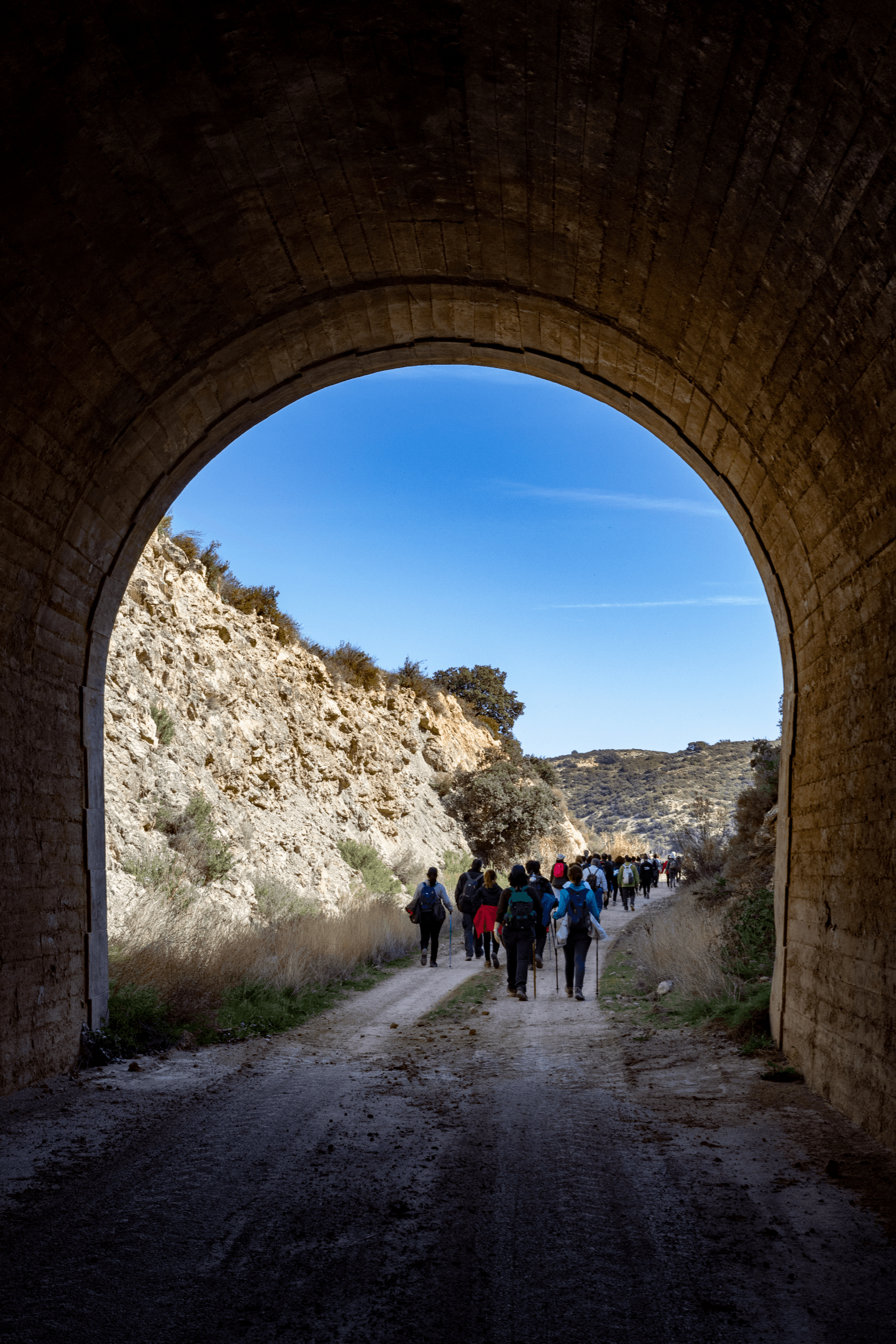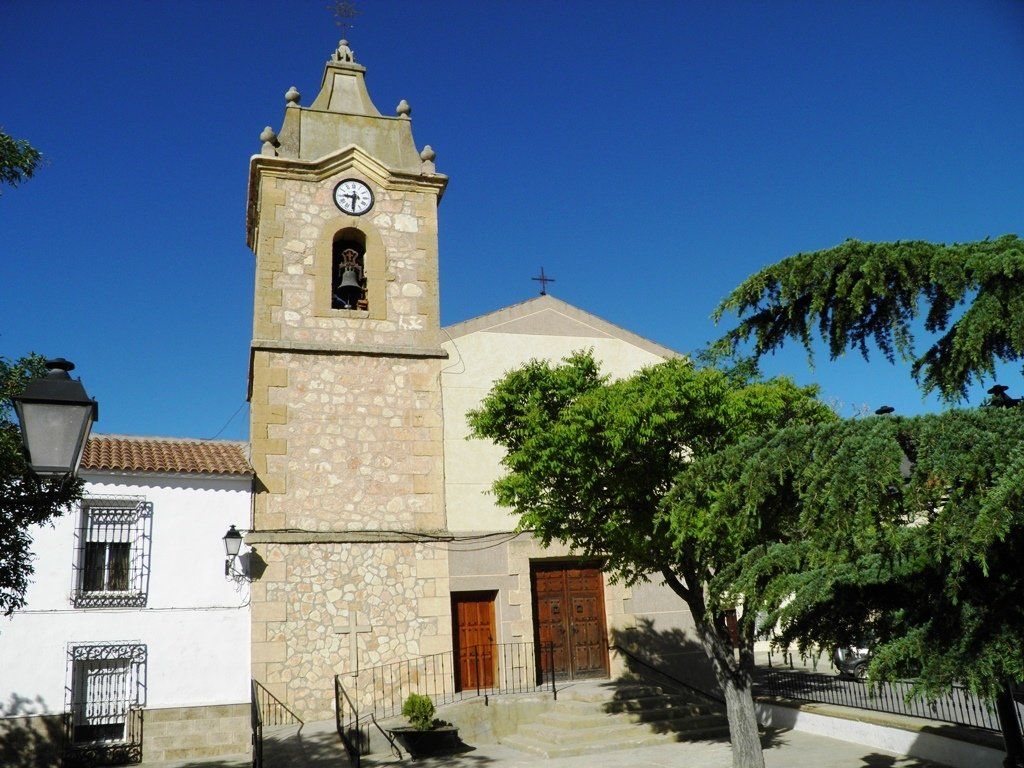San Pedro

The Village
San Pedro is a municipality located in the region of the Sierra de Alcaraz, 35 km from the provincial capital. It has approximately 1180 inhabitants. In San Pedro we find an original activity linked to agriculture and livestock, to which has been added since the end of the last century the emergence of emerging sectors such as services, construction and tourism. Another important resource is hunting, red partridge, rabbit, hare and some big game that find in this enclave an appropriate refuge.
Also in San Pedro we find a rich and varied gastronomy among which we highlight the roasted snails, the fritillas, the ajo de mataero, the snails in its sauce, the atascaburras, the tajás of bacon, the ajopringue and the pisto and rabbit with garlic, that we can taste in several of its establishments.
Things to See
San Pedro is a town of great natural attraction in which a landscape of fertile lowlands and scrubland predominates. A ravine crosses the landscape, and on this was intended to build a railway line that would link Baeza with Utiel, which today is known as the Vía Verde. This itinerary takes us to know the multiple and different territories that this unfinished railroad was called to cross.
In the surroundings of San Pedro, a popular race is held every year in June.
Festivities
Of all the festivities that San Pedro holds throughout the year, the most important are its patron saint festivities in honor of St. Peter from June 26 to 30. They also highlight the festivities in honor of the Virgen del Pilar, in October, who is also the patron saint of the town.
Another important festival for the village is the celebration of San Isidro Labrador on May 15, when it is customary to go on pilgrimage to drink "the water of the saint". It is also celebrated since ancient times on Jueves Lardero, and the tradition was that the quintos killed a lamb and gathered to eat it together.
Vía Verde (Greenway)
The Vías Verdes are old disused railroad tracks that have been reconditioned for the practice of bicycle tourism and hiking. They are accessible and easy itineraries, with hardly any slopes, and away from motorized traffic, ideal for people with reduced mobility, the elderly and children.
The construction of this track, the Baeza-Utiel line, began in 1927 and was abandoned in 1954 without the train ever having run. Subsequently, there were attempts to recover the line and put it into operation, although they were unsuccessful.
Its route takes us first through the Albacete plain, a homogeneous and agricultural terrain, then immerses us in the basin of the Jardín river, a transit area towards a steep and rugged terrain such as the Sanctuary of Cortes, located in the Sierra de Alcaraz, stopping in El Jardín. A new section (discontinuous from Alcaraz) between Reolid and the provincial border with Jaén gives us another 19.5 km in the province of Albacete. From here it is possible to continue another 27 km in Jaén along the Vía Verde de Segura.




































